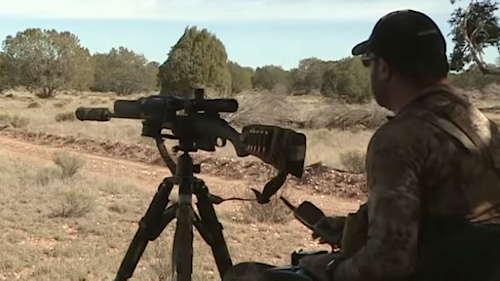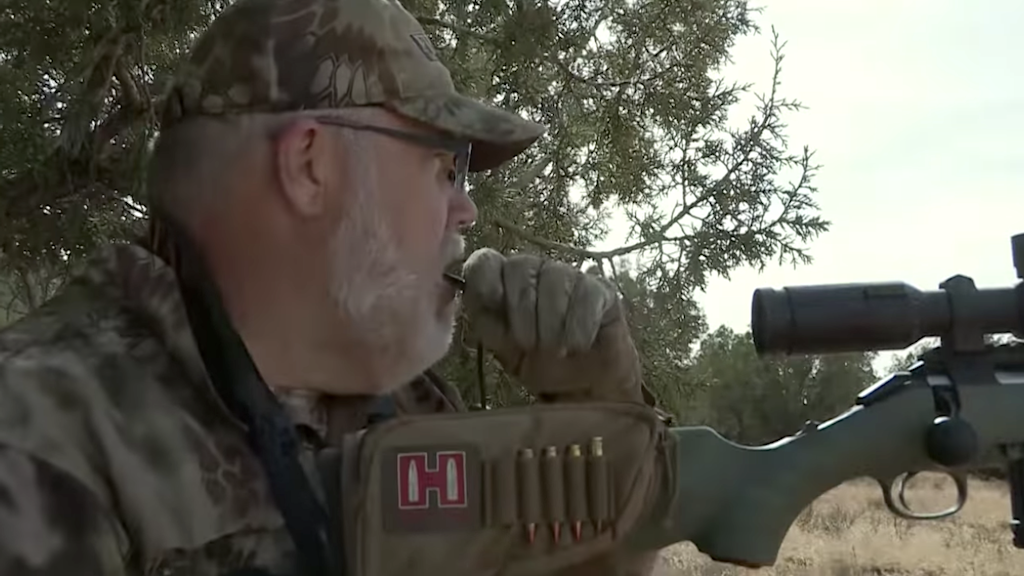Setting up and calling coyotes seems like a no-brainer, especially in the wide open vistas offered when you're hunting in Arizona, Texas, Oklahoma or other western states.
Due to the open terrain, hunters have the opportunity to set up and spy coyotes or bobcats coming to calls from long distances. It's certainly a ton of fun to see movement hundreds of yards away after a round of calling. Anticipation builds as you get ready for whatever happens next.
Al Morris and Tom Austin with Foxpro Hunting TV got the job done in Arizona with some long-range songdogs. The predators tested their patience though, which you can see in the video. Watch it and then check out the takeaways to help your predator hunting.
Pick a Good Location
Without a good view of what's going on in front and to the sides, your setup may be less than optimal. Before you plop down and begin calling, take a moment to look around. Take note of any blind spots or obstacles that could create a "Doggone, didn't see that one!" moment.
Obviously you won't be able to see everything unless you have some kind of A-1 primo setup. But you don't need to put youself in a hole right from the start, either. Look around and pick wisely.

Be Stealthy and Quiet
You don't always have to set up in the shadows as Austin did in the video, but that surely can't hurt. Coyotes and bobcats have keen eyesight and hearing. They already know where you are due to your calling. But if you're in the open, moving around, have a face shining like a beacon in the sunlight, then they'll be able to more easily pinpoint you. Your chances of success decrease after that.
It's a good idea to wear gloves and a facemask or maybe a few swipes of face paint. Find a shady spot for your setup. Clear out anything that would bother you — rocks or sticks under your butt, for example. If you're leaning against a tree make sure it doesn't have a knob or vine with thorns on it, a snake around it or ants (if you're hunting in the Southeast).

Be Versatile
Today's electronic callers are pretty doggone impressive. From a more robust and realistic variety of sounds, to better technology with the remote and speaker system, hunters have a lot of options to choose from in the calling market. They're many times better than 10 or 20 years ago, and that's a commonality with other outdoors products. We're blessed today to have such options.
However, don't forget about the basics. Traditional mouth calls get the job done sometimes when an e-call might not be the best option. It reminds me of calling for turkeys and ducks. Some mornings a cranky hen call brings them in range. Other days, you might need a higher pitched "young hen" for turkeys or more "lonely hen" for ducks.
So, take your mouth calls and e-calls. Be patient. Use something different if you think it might work. If it does, congrats. If not, it's not the end of the world.






